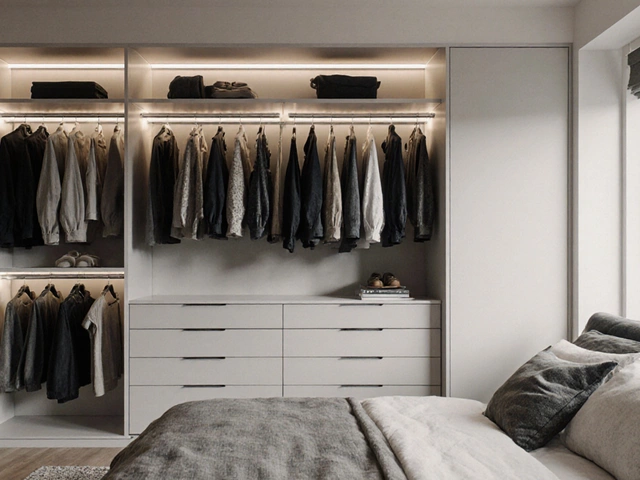Cover Furniture for Storage: Best Ways to Protect Your Pieces
When you need to store furniture—whether it’s an old sofa, a wooden dining set, or a vintage dresser—cover furniture for storage, a simple but critical step to prevent damage from dust, moisture, and pests. Also known as furniture protection covers, these aren’t just plastic sheets you grab from the garage. The right cover makes the difference between a piece that looks brand new after storage and one that’s ruined by mildew, scratches, or insect damage. Too many people think any old sheet or tarp will do. But if you’re storing something valuable—like an antique sideboard or a modern leather sectional—you need more than just coverage. You need the right material, the right fit, and the right environment.
Furniture protection, the practice of shielding items from environmental harm during storage. Also known as storage covers, it’s not just about keeping dust off. Moisture is the real killer. A damp basement or a hot attic can turn a cotton cover into a breeding ground for mold. Even a breathable fabric like cotton can trap condensation if it’s not paired with proper airflow. That’s why professional movers and restoration experts use breathable fabric covers, specialized materials that let air circulate while blocking dust and UV rays. Also known as cotton muslin or non-woven polypropylene, these covers are designed to prevent trapped humidity while still letting the furniture breathe. Leather, wood, and upholstery all react differently to heat and moisture. A leather couch needs ventilation to avoid cracking. A wooden table can warp if it’s sealed in plastic during humid months. And fabric upholstery? It attracts dust mites and moths if left uncovered—or worse, covered in airtight plastic. You also need to think about how you’re storing the furniture. Laying a sofa flat? That’s a bad idea. It can sag the frame. Standing a dresser upright? Make sure it’s not leaning against a wall where condensation collects. And never store anything directly on concrete. Use pallets or risers to lift it off the ground.
Some people skip covers altogether and just wrap furniture in blankets. That’s fine for short-term moves, but not for long-term storage. Blankets can shed fibers, attract bugs, and hold moisture. A proper cover is designed to be clean, durable, and breathable. Look for ones with handles for easy removal, and make sure they’re large enough to fully enclose the piece without stretching or tearing. Before you cover anything, clean it thoroughly. Dust, food crumbs, and body oils left on fabric or wood can turn into stains or attract pests over time.
When you finally pull your furniture out of storage, you’ll thank yourself. No mildew smell. No faded fabric. No scratches from improper wrapping. Protecting your pieces isn’t about spending a lot—it’s about doing it right. The posts below show you exactly how others have handled this—from DIY solutions that work to the professional methods used by restoration experts. Whether you’re storing a single chair or an entire home’s worth of furniture, you’ll find practical tips that match your situation and budget.
How to Cover Furniture for Storage: A Practical Guide to Protect Your Pieces
Learn how to properly cover furniture for storage to prevent damage from moisture, dust, and pests. Get step-by-step tips on materials, setup, and long-term care.
full article




